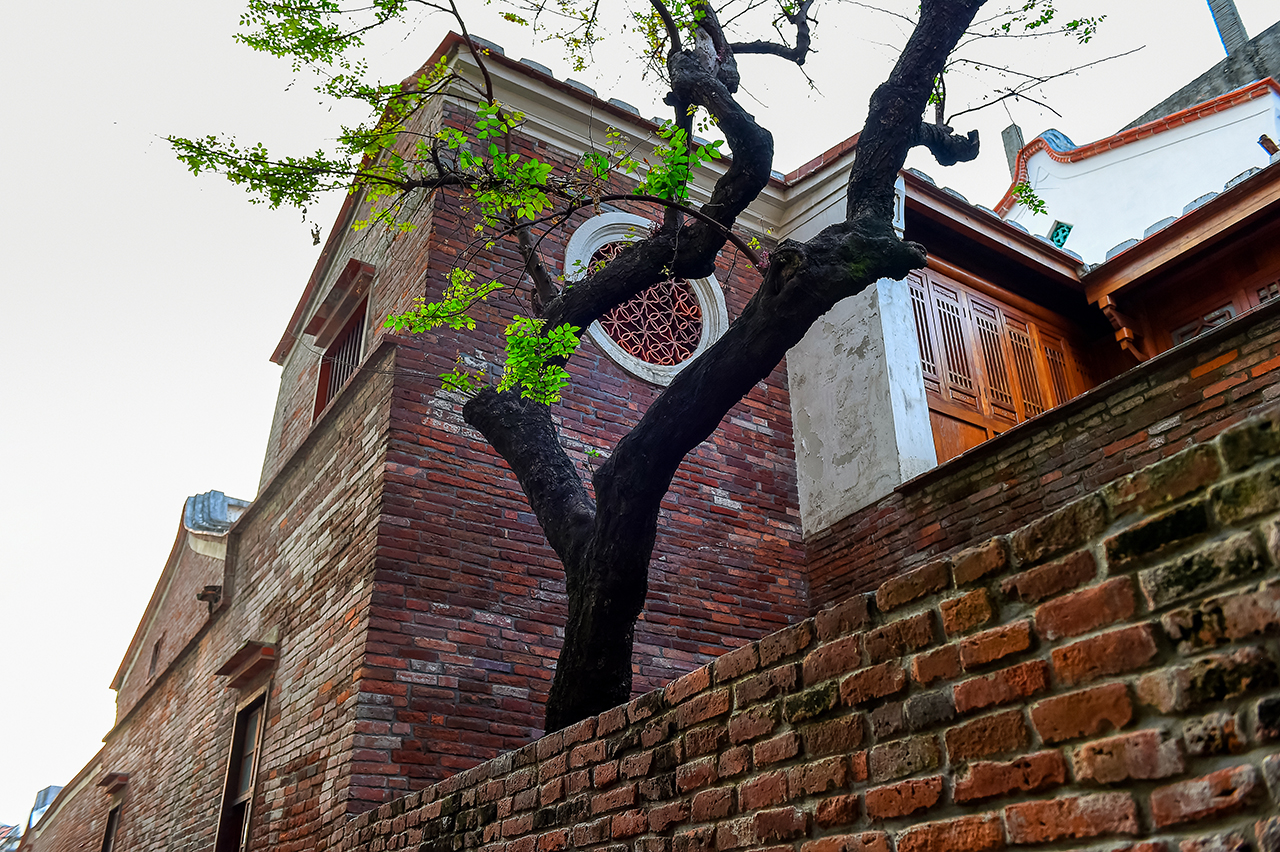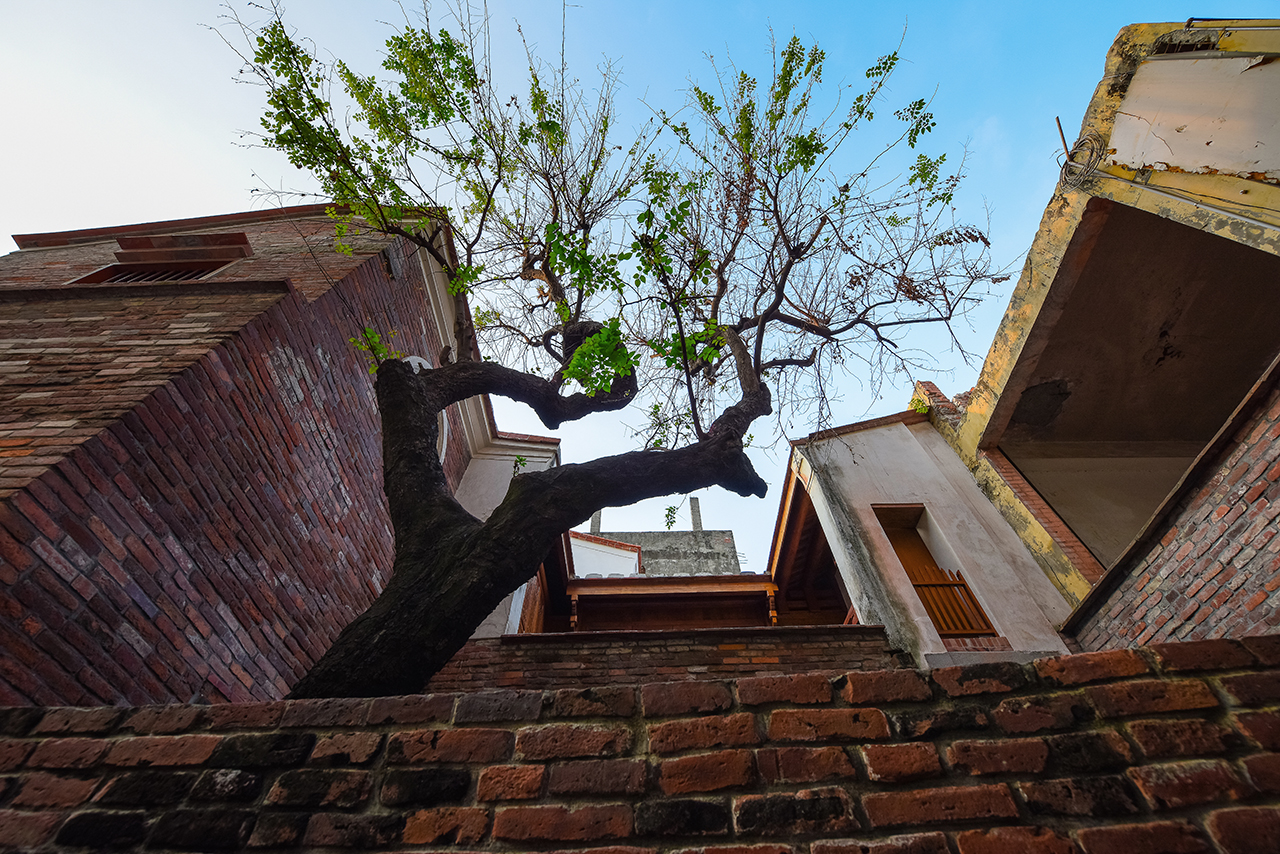Yilou “Qing-chang-hao” is considered as the largest commercial establishment among trading establishments of Xia-jiao, and it was established by Chen Ke-quan in times of Emperor Jia-qing, which specializes in trading with Xiamen. Until the times of Emperor Daoguang and Xianfeng, Qing-chang-hao had already become the grand rich of Lukang. Also, Cheng Zong-huang, second son to Chen Ke-quan, was cleared of examination for “Juren” in 26th Year (1846) of Emperor of Daoguang; however, Quan-jiao-ri-mao-hang began to decline at the end of Daoguang, and it was then replaced by Xia-jiao-qing-chang-hao, making itself leader of the commercial world in Lukang.
During Emperor of Guangxu, Chen family of Qing-chao sold Yilou to Shi Family as their family failed with finance. In times of 7th Year of Japanese Emperor Taisho (1918), Chen Huai-cheng bought Yilou back for rendering filial piety to his mother, and he named the building as “Tian-yi-lou” after the desire of his mother. With renovation of 7 months for Yilou, it had cost 5,301 yuans and 84 qians, and Chen Huai-cheng personally set down “Plate Record on Completion of Renovation for Tian-yi-lou” upon its completion. The record is considered to be of important historical information of Qian-chang-hao.
At the courtyard of Yilou, there is a refined brick-sculpture flower window, and the pattern is elegant and rich with classical significance. On it, there is gourd shape, indicating “good fortune and blessing.” Besides, there is also the shape of ancient coin, symbolizing “richness and wealth,” while round-shaped flower window denotes “consummation.”

During Emperor of Guangxu, Chen family of Qing-chao sold Yilou to Shi Family as their family failed with finance. In times of 7th Year of Japanese Emperor Taisho (1918), Chen Huai-cheng bought Yilou back for rendering filial piety to his mother, and he named the building as “Tian-yi-lou” after the desire of his mother. With renovation of 7 months for Yilou, it had cost 5,301 yuans and 84 qians, and Chen Huai-cheng personally set down “Plate Record on Completion of Renovation for Tian-yi-lou” upon its completion. The record is considered to be of important historical information of Qian-chang-hao.

At the courtyard of Yilou, there is a refined brick-sculpture flower window, and the pattern is elegant and rich with classical significance. On it, there is gourd shape, indicating “good fortune and blessing.” Besides, there is also the shape of ancient coin, symbolizing “richness and wealth,” while round-shaped flower window denotes “consummation.”



